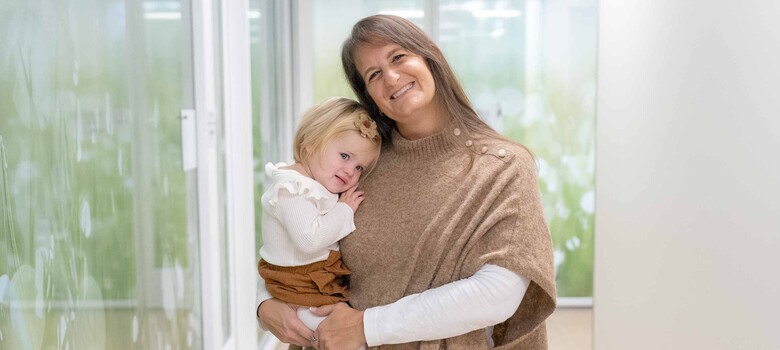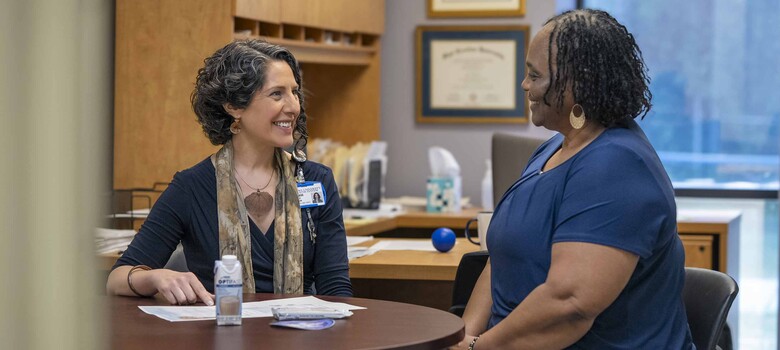Considering Broadband Light Therapy? Here’s What You Need to Know

Broadband light therapy uses high-intensity light to repair a range of skin conditions from acne and rosacea to fine lines and wrinkles. But is the treatment right for you? Here, Meghrig Al-Rohil, a licensed aesthetician at Duke Eye Oculofacial Plastic Surgery, addresses common concerns about broadband light therapy including the safety and effectiveness of the procedure.
What are the benefits of broadband light therapy?
Broadband light therapy can make skin look clearer, firmer, more even, and more youthful. It can help improve many conditions associated with aging including hyperpigmentation (sunspots), redness, facial vessels, and loss of elasticity. It can also minimize acne, rosacea, and unwanted hair growth.
How can broadband light therapy improve my skin?
Targeted areas absorb high-intensity light, which stimulates collagen growth and the body’s natural healing processes.
What happens during a broadband light therapy session?
Your aesthetician uses a handheld wand-like device to deliver light energy to the upper layers of skin. Because the procedure involves a bright light, your eyes are covered with a protective shield. The wand is moved over the area being treated. While not painful, you may feel warmth from the light and a sensation like a rubber band popping against your skin. A session to treat the face lasts about 20 to 25 minutes, and larger areas take longer.
How many broadband light therapy treatments do I need?
That depends on the treatment area and the skin concern, said Al-Rohil. Treatment plans are designed specifically for each individual. For most facial treatments, she recommends three sessions spaced four to six weeks apart.
How long does it take to heal after a broadband light therapy session?
There is little or no downtime, and you can return to your normal activities the same day. Your skin may be slightly red for a few hours after treatment, and you should wear sunscreen. If you had broadband light therapy to treat brown spots, they will first get darker and will then lighten in about a week.
How long do broadband light therapy results last?
This can vary, but a good skin care regimen that includes the daily use of antioxidants and sunscreen plays a big role, explained Al-Rohil. In general, results last about 12 months. She recommends one to two broadband light sessions annually after the initial treatments to help maintain skin improvements.
Is broadband light therapy safe?
Yes. Before treatment, you will undergo a thorough evaluation to ensure that broadband light therapy is safe and appropriate for you, said Al-Rohil. If you have a dark skin tone (Fitzpatrick skin type VI), are pregnant, or have taken Accutane in the last six months, you should avoid broadband light therapy.
Duke uses the latest broadband light therapy technology, and aestheticians work under a doctor's supervision. Unlike laser treatments, broadband light therapy uses light to treat the skin, and no ablation (removal of the skin surface) occurs. Risks like hyperpigmentation or scarring are extremely rare.
Is broadband light therapy covered by insurance?
No. Broadband light therapy is a cosmetic procedure and is not covered by medical insurance.
Session prices vary (starting from $200 and up), depending on the service type and the area of the body.


